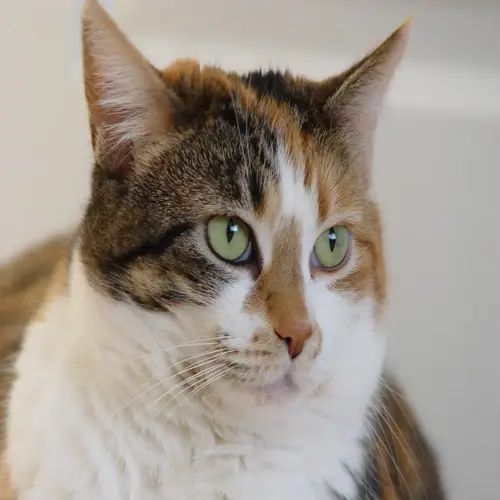What's the proper wing clipping technique?

Written by
John Williams
Reviewed by
Prof. David Walsh, Ph.D.Correct wing clipping technique will prevent injuries and allow for balanced flight. Clipping requires that the right feathers be identified and symmetrical clipping be done. Mistakes can cause bleeding or mental trauma. The safety of your bird is always our top priority, not convenience. I have corrected many improper clips that have caused long-term damage.
Feather Identification
- Identify primary flight feathers at wing tips only
- Avoid secondary and covert feathers near body
- Never cut blood feathers with dark shafts
- Count feathers before trimming for symmetry
Safety Procedures
- Work under bright lighting conditions
- Have styptic powder ready for emergencies
- Position bird securely without excessive pressure
- Stop immediately if bird struggles excessively
Ensure symmetrical cuts between wings. Cut the same feathers on each side. Measure before cutting. Asymmetry causes bad spinning when attempting flight. I suggest marking feathers with non-toxic chalk first. Prevents accidental excessive clipping on one wing.
Avoid blood feathers at all costs. These are dark shafts in the feather. Cutting these will cause great bleeding. Use bright light to check each feather closely. Avoid clipping during the molting season when blood feathers are likely to be present. Emergency procedures must include the use of styptic powder.
It's essential to have professional expertise for initial clips. An avian veterinarian demonstrates proper restraint techniques. They describe species' feather patterns. Additional clinics offer training for owners. It is always a good idea to suggest that initial clips be supervised before attempting them individually.
Think about alternatives like bird-proofing to avoid invasion risk from clipping. Make note of each clipping session as necessary. Record the date and where you clipped feathers. This can help you anticipate regrowth. Incorrect or inappropriate technique will cause more damage than flight ever would.
Read the full article: Bird Wing Clipping Guide for Pet Owners

